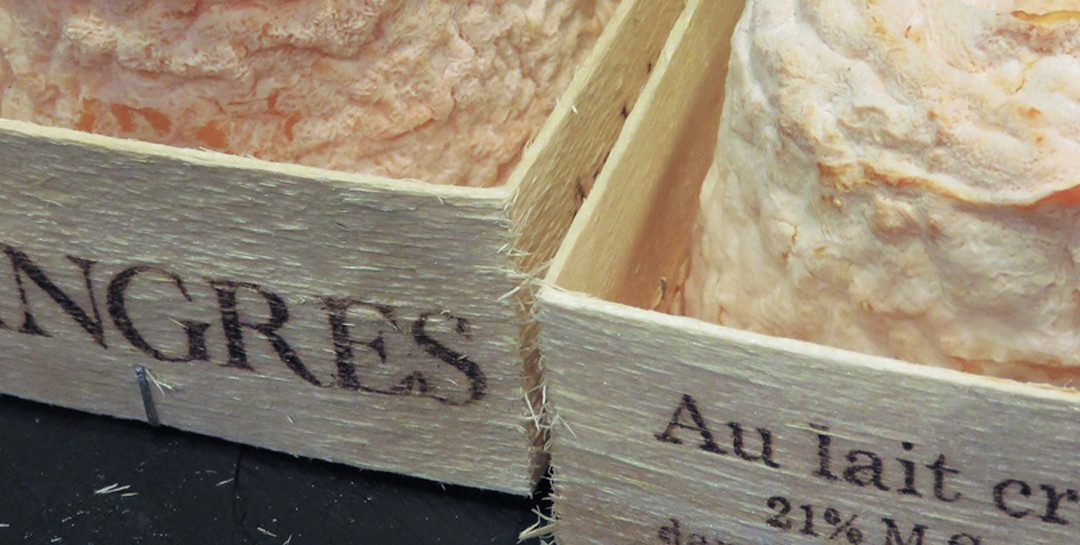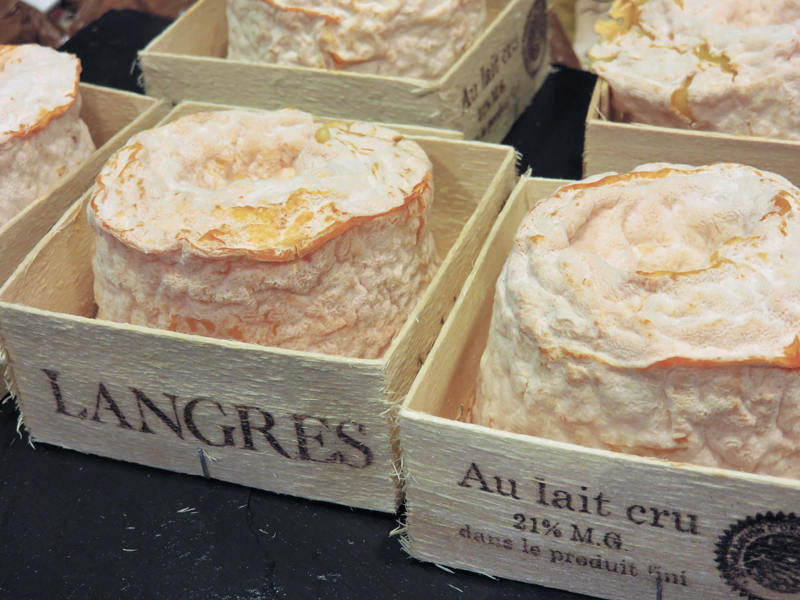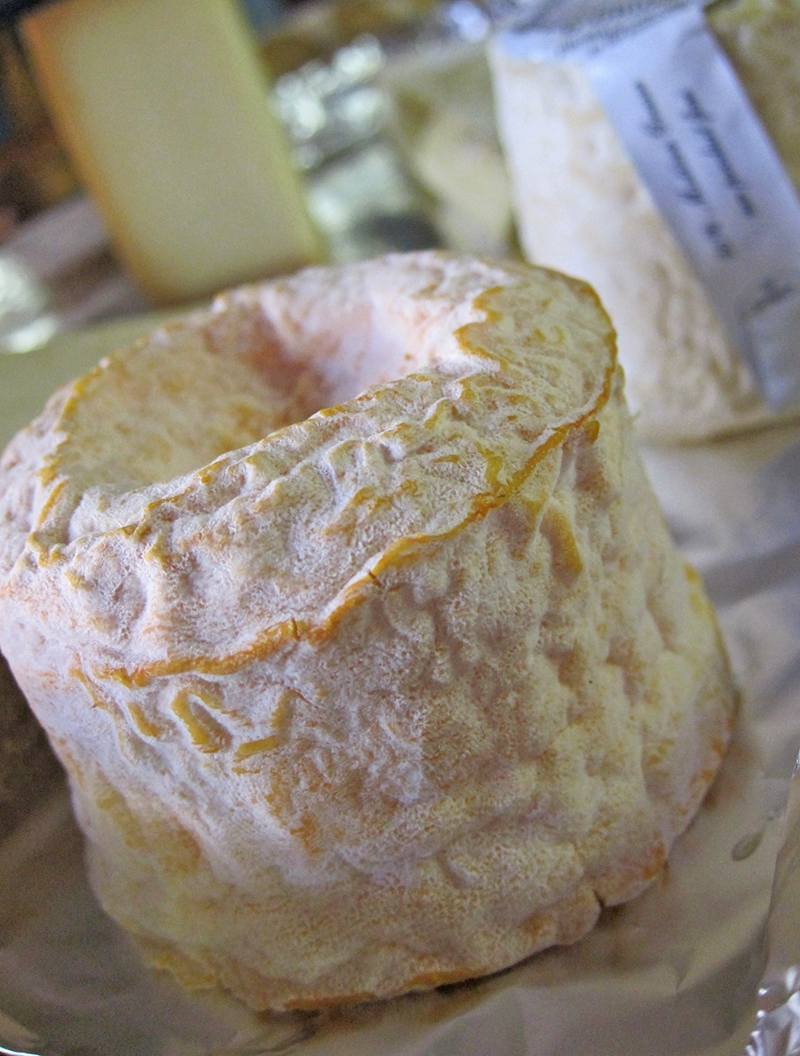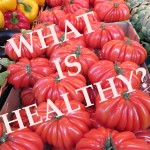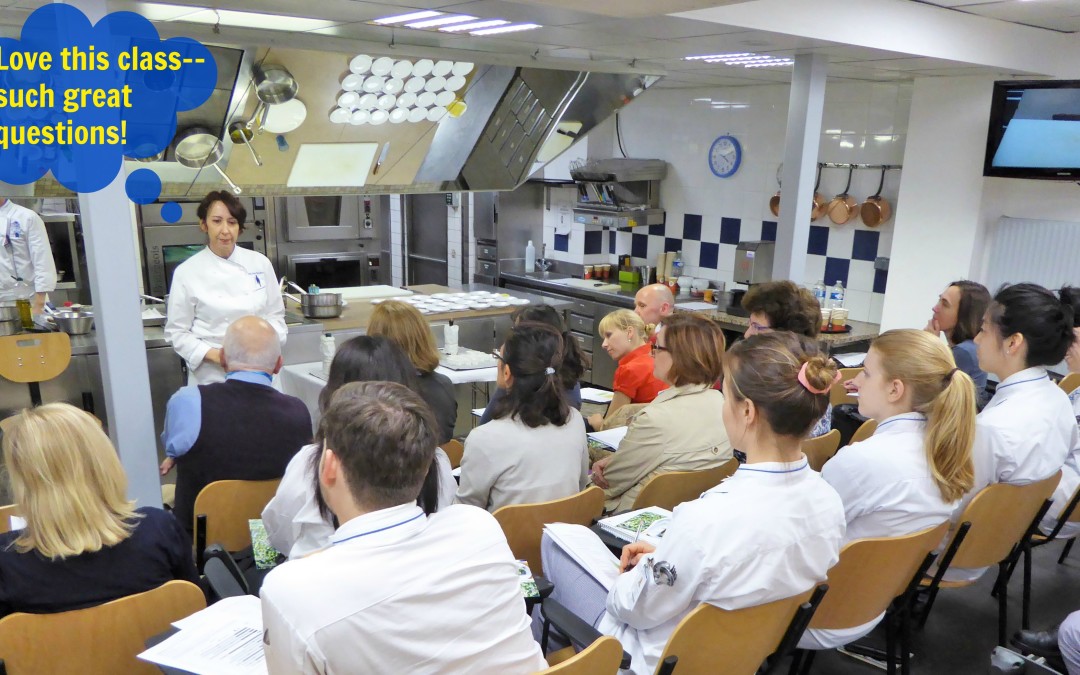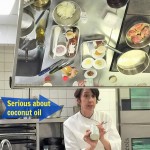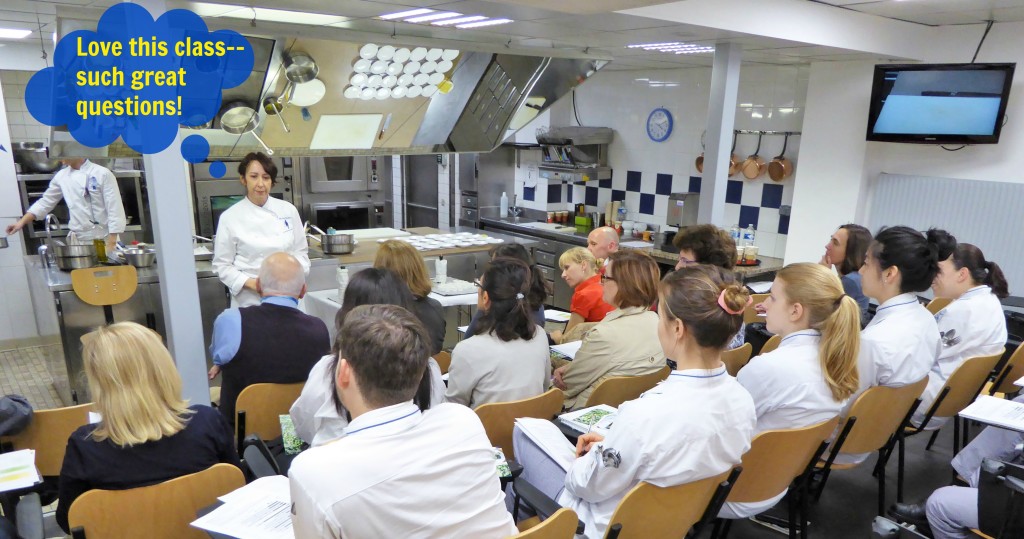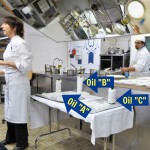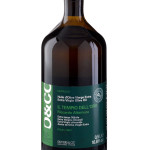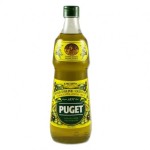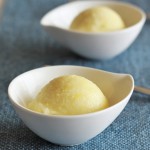For bakers and home cooks who bake often, making tarts is easy enough. However, not everyone, including me, appreciates the specific measuring and techniques required for good tart dough. Now, after discovering this easy brown-butter tart, I’m dreaming of future tarts.

Crispy Chickpea Flour Shrimp Fritters
Crispy Chickpea Flour Shrimp Fritters
Shrimp fritters make fun appetizers that pair well with many sauces. Usually, fritters are made with a wheat-based flour, but in this fritter, chickpea flour is the starch substitute providing a crispy crust.
Chickpea flour (Besan or gram flour) is a nutrient-rich ingredient completely made from chickpeas, also known as garbanzo beans. Spices added to the chickpea flour adds a hint of heat and richer flavors.
Serve these with catsup chutney (Fast catsup chutney recipe) or a sauce of choice.
Chickpea Flour Shrimp Fritters
- ¾ cup chickpea flour
- 3 Tablespoons rice flour* (if you do not have this use instead another ¼ cup chickpea flour)
- ½ teaspoon baking soda
- ½ teaspoon fine sea salt
- 1 teaspoon ground sumac (a citrus-like flavor, but is optional)
- 1/8 teaspoon cayenne pepper
- ¾ cup carbonated or seltzer water (regular water can substitute**)
- 2 Tablespoons shallots, minced
- 12 ounces (3/4 pound) shrimp, peeled and chopped roughly into ½ pieces
- ~1 ½ cup high-heat organic canola oil or vegetable oil
- *Rice flour is a classic addition to fried batter as it results in a crisper fritter
- **Carbonated water usually creates a bit lighter, less dense fritter
- Place paper towels on a couple plates or a baking sheet.
- In a small pan or skillet (about 6” base), heat the oil over a medium-heat burner
- In a mixing bowl, mix well with a whisk the flour(s), soda, salt, sumac and cayenne.
- Add the water and shallot and mix until smooth. Add the shrimp and mix into batter.
- Oil is ready around 350˚F or test by dropping a bit of batter—it should sizzle. The amount of oil used should be able to cover about ¾ of the fritter.
- Use a teaspoon, scoop up the batter and release it quickly into the hot oil (do not drop from above).
- Leave a half-inch to one inch between fritters. Crowding the pan slows cooking (steam cools the oil) and reduces the “Crunch factor” plus it is easier to turn them over.
- Cook until each side is a dark brown color to ensure shrimp cooks completely—they temp at 170˚F+
- Remove with a wire skimmer or slotted spoon and place on paper towels and do remaining batch.
- Serve hot with a chutney, remoulade or sauce of choice or simply fresh lemon wedges.
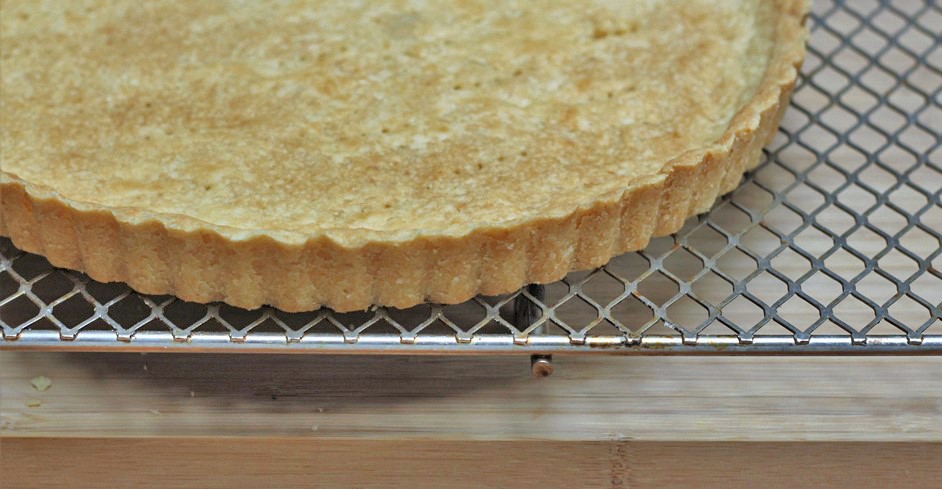
Easy French Brown-Butter Tart
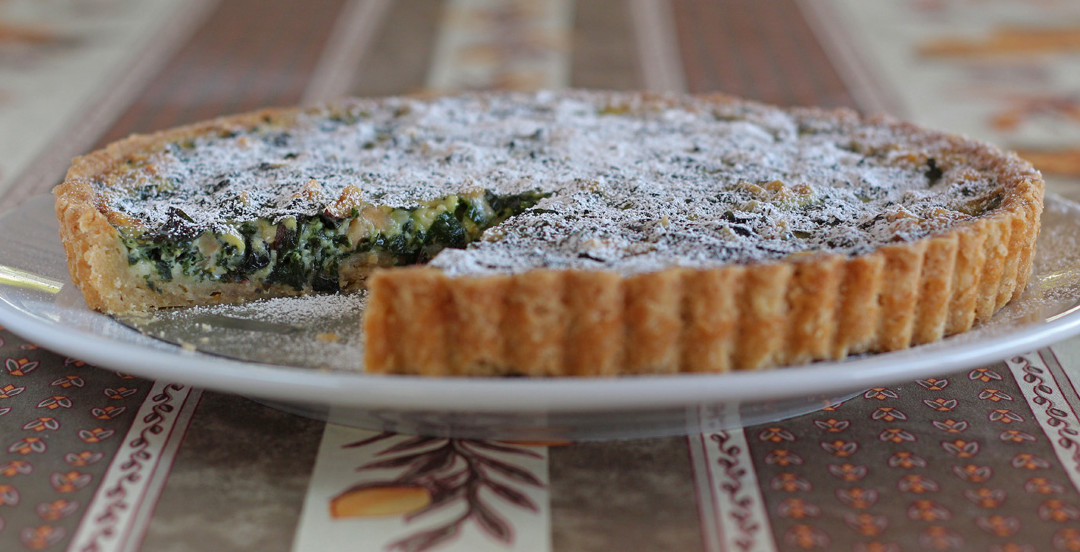
Swiss Chard Hazelnut Dessert Tart |Tarte Sucrée Aux Blettes et Noisettes
Swiss Chard Hazelnut Dessert Tart Really. It’s not so bizarre to use vegetables in dessert. Consider zucchini bread and carrot cake. Other popular recipes include red velvet beet cake, sweet potato pudding and avocado chocolate mousse....
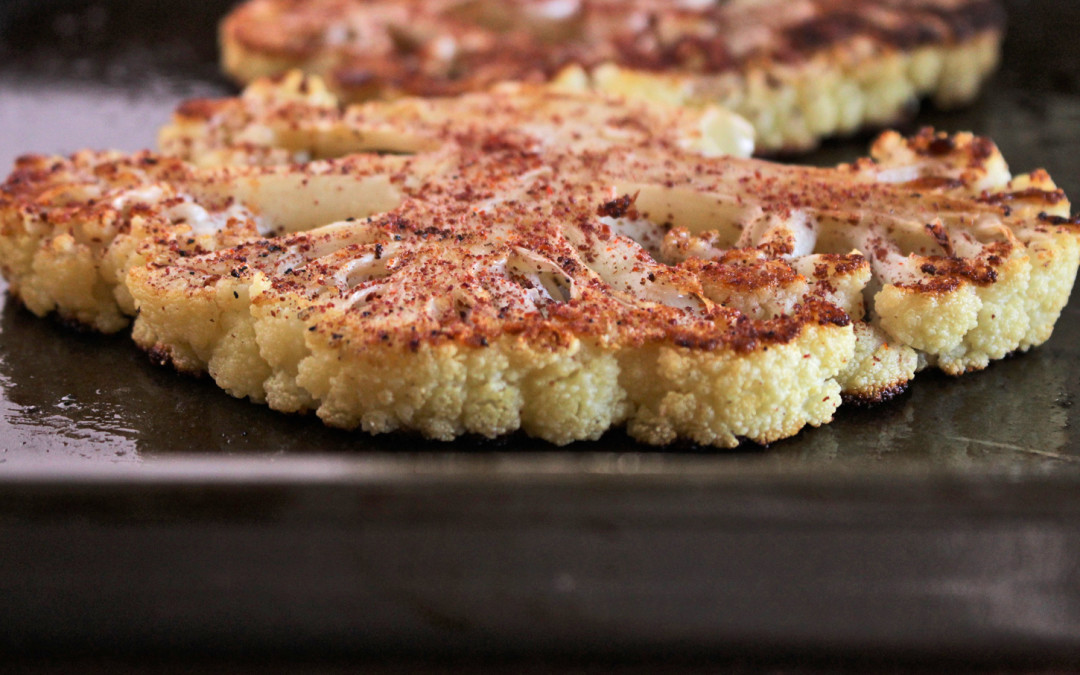
Roasted Cauliflower Steaks with Sumac
Roasted Cauliflower Steaks with Sumac Pan-seared cauliflower steaks work great, yet often require finishing in the oven. This cauliflower steak with sumac option shortcuts the pan-searing for a longer, but less fussy, roast in the oven. While these...
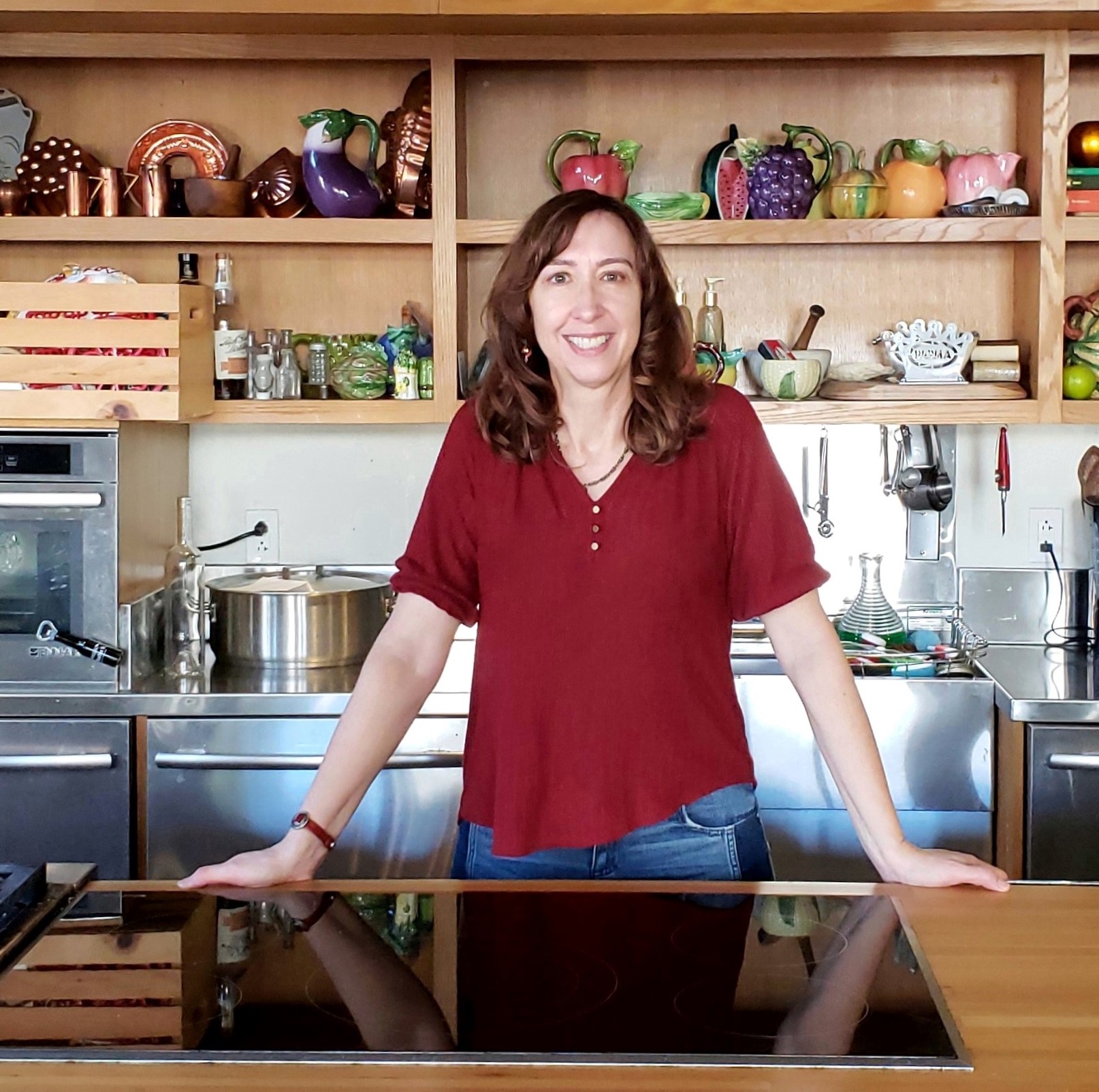
Michele Redmond
French-trained Chef, Registered Dietitian Nutritionist & Food Enjoyment Activist
It's about Making Food First
Get Eat Well Academy periodic updates on easy ways to choose and cook foods that satisfy your appetite, nurture your body and make eating well a pleasure.




 The pleasure of food, good health and well-being through simple habits for eating well and flexitarian low-key cooking.
The pleasure of food, good health and well-being through simple habits for eating well and flexitarian low-key cooking. 